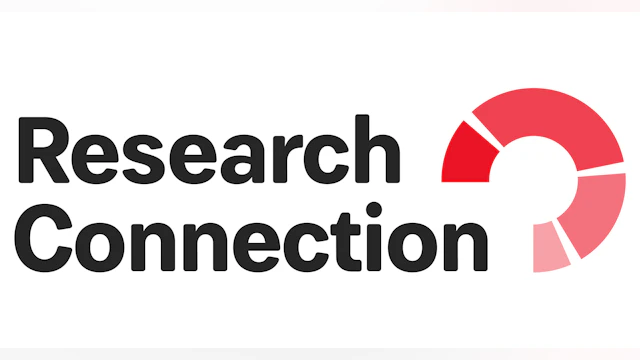
When I tell people I’m the Vice President of Research at the American Foundation for Suicide Prevention, many people ask enthusiastic questions about what we’ve learned about suicide from research. “What might lead someone to take their life?” “Is there anything we can do to prevent suicide?” (The answers are that it’s complex – no one takes their life for a single reason – and yes, research has revealed many ways we can help save lives!)
I have also occasionally seen people react to my job title with a glazed-over, uncomfortable, sometimes even slightly terrified look that says, “Yikes! Research! I’m not a science person! I can’t understand that stuff!” I notice these people stepping back, rather than connecting, even if suicide prevention is something they care about enormously.
The word “connection” is incredibly important in terms of suicide prevention research, because it’s the scientific research we do – about why people take their lives, and what we can do to save them – that connects all of our other efforts together when it comes to suicide prevention. It’s research that informs AFSP’s education programs that are presented in schools, workplaces, and other settings across the country. It’s through research that we know how to best support those who have been affected by suicide, through our Loss and Healing resources. All the awareness and knowledge we spread through events like the Out of the Darkness Walks are grounded in scientific research. It’s research that forms the basis of our bold Project 2025 goal to reduce the national suicide rate 20% by the year 2025. Among the many important things our volunteer Field Advocates fight for is legislation that ensures funding for more research, so we can keep learning new ways to help people. It’s our suicide prevention research that connects all those things – as well as connecting people together, united for a common cause.
In those moments when a supposedly “non-science person” backs away because they find the idea of science and research dry or scary, it reminds me of the need to build that connection, so we can develop people’s interest and understanding of the important role research plays in preventing this leading cause of death.
With this in mind, the Research and Communications teams at AFSP have collaborated to come up with a way of rebranding how we share all the exciting insight and efforts related to our suicide prevention research. We want to make research more accessible to everyone, whether they’re reluctant, enthusiastic, or somewhere in between. Our aim is to help create a knowledgeable and engaged public, and to inspire more and more people to share the information we discover, so we can all play a role in suicide prevention.
In short, we wanted to create a true Research Connection.
Here’s my big confession: being a researcher, at the beginning of this process I had a glazed-over look, myself: “Yikes! I’m a science person! What is branding?”
I learned that branding is a process that uses visual design – color, type, layout, verbal expression, and more – to develop welcoming material that draws people in to learn more.
That’s just what we needed, I realized! The work we did to refresh our research brand involved some deep discussion to understand our audience, and determine what and how we want to share the information that has been cultivated by research to help us understand and prevent suicide. Ultimately, our goal is to support AFSP’s mission: to save lives and bring hope to those affected by suicide.
When I’m asked about research at AFSP, I talk about our research grants program (which you can learn more about in our latest Annual Report), but that’s not all. We are working to build a community of engaged researchers through courses, presentations at conferences, the biennial International Summit for Suicide Research that we co-host with the International Academy of Suicide Research; and by working with other funders of suicide research to develop and maintain a research agenda. We also share research findings through videos; our Research Connection Newsletter; and our Research Connection Program, available through our local chapters, which brings researchers to communities to speak with local audiences on topics that are relevant to their expertise, and to that community.
The value of our research depends on an informed and motivated public engaged in suicide prevention efforts. We need a knowledgeable society that understands that many times, it is possible to engage with a person who is thinking of suicide, and help them re-engage with life. Our research helps us identify people who may be at risk for suicide, and enables us to train clinicians, families and friends about interventions that help people develop a life worth living. Suicide prevention research helps us determine specific things we can do to save lives, such as by limiting access to lethal means. We have already learned much about suicide through research, and there is still so much more we need to find out.
I’m so happy with our new branding, which in addition to placing all of our research efforts under the “Research Connection” title, includes a new logo treatment; the use of our warm and appealing AFSP poppy color; promotional materials that feature our work; social media templates that highlight research findings; and tools to be used in our Research Connection programs, such as an editable presentation template.
Our hope is that the new look of our research content will inspire people to make this important connection; share more and more of our findings; and increase an understanding and awareness of how suicide prevention research is the key to saving lives.
